Have you ever been walking in a park, looked at a leaf, and wondered, “what do you taste like?” and wanted to take a nibble?
Well… that is what I spent my day doing yesterday, eating park plants.
I know that sounds dangerous, gross, and unsafe, however, rest assured that it was an edible plant walk in Prospect Park coordinated by the Organic cotton clothing company Loomstate. I came out unscathed except for a few huge mosquito bites. Luckily I have a great remedy for that thanks to Rhett Godfrey, Loomstate’s Sustainability Director.
If can’t think of anything more Zero Waste than responsible, sustainable eating from nature!
I learned from Rhett that there are three main types of wild plants: edible, medicinal or magical (which he called old school medicinal). You will see a few examples of all of them below. 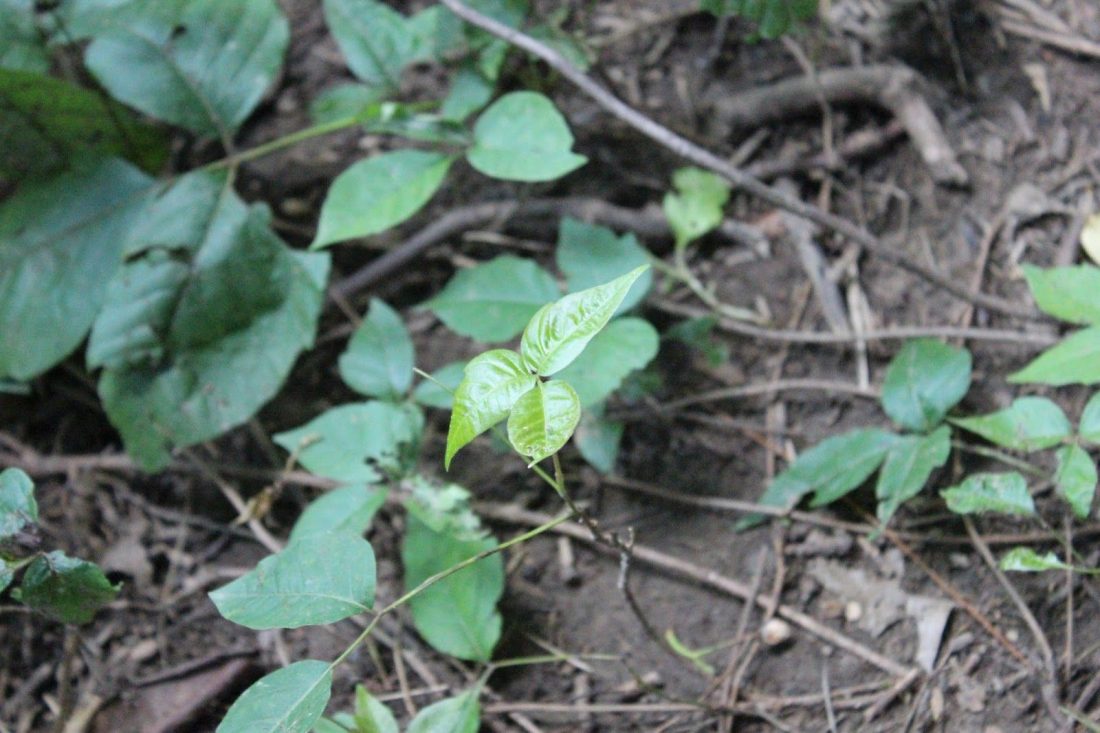
STOP! Safety first. Before eating any wild plants it is really important to make sure you will not have a bad allergic reaction to any of them. To test for this first take the plant you are about to eat and rub a bit of it on the soft part of your inner elbow. Wait a few minutes and look for a rash or irritation. If you are all clear, take a bit of the plant and rub it right on your lip. If again, no rash forms, go ahead and eat! Also, be sure to look out for poison ivy (above). Young poison ivy has a shiny leaf where as the darker green tends to be more matte. It has two ears and a nose meaning to straight leaves and one leaf pointing down.
Ok… on to the fun stuff.
1) Yellow Wood Sorrel. (Edible) This plant, often referred to as clover, is insanely delicious. It has three leaves that are shaped like hearts as opposed to clover which has tear shaped leaves. It also has a standing fruit that looks like mini okra. When eaten, the seeds inside the fruit will explode in your mouth and fill it with a bright, sweet, lemony flavor. You can eat the flower, fruit, and stems!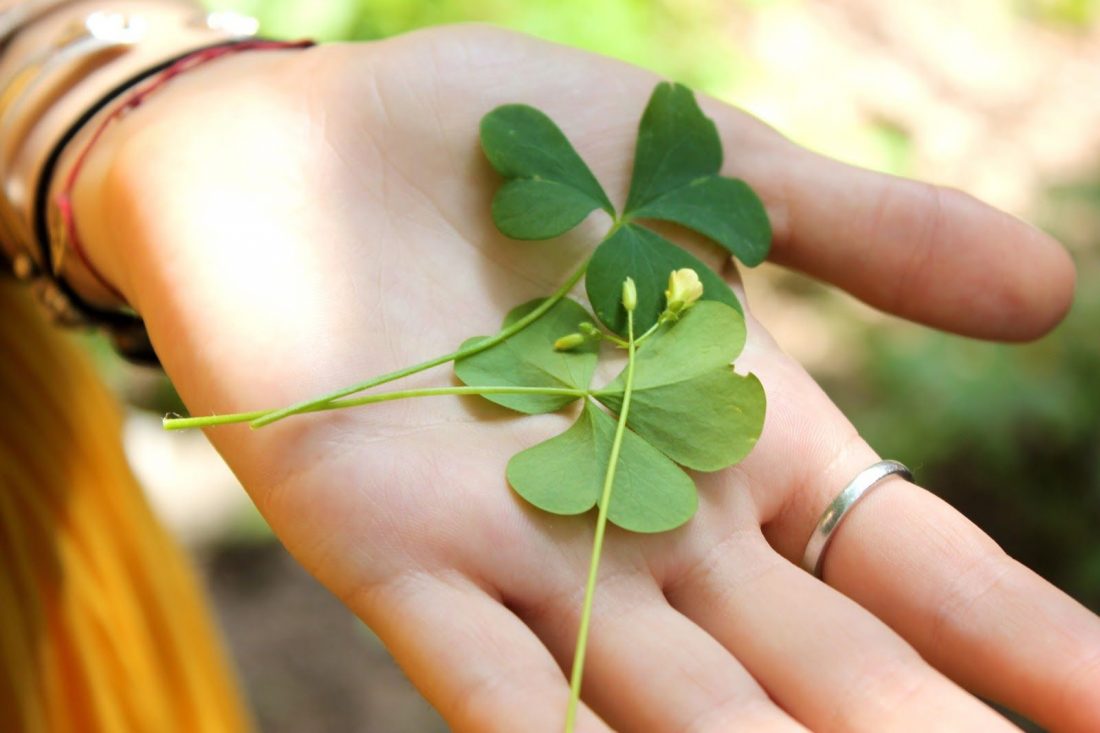
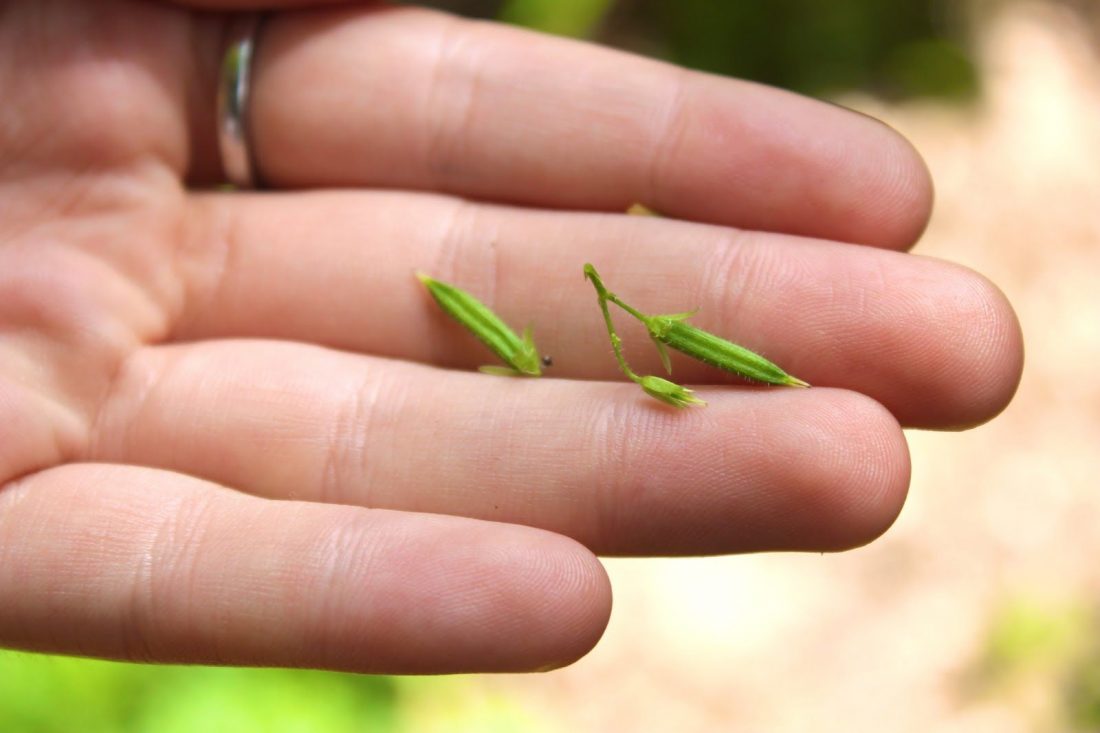
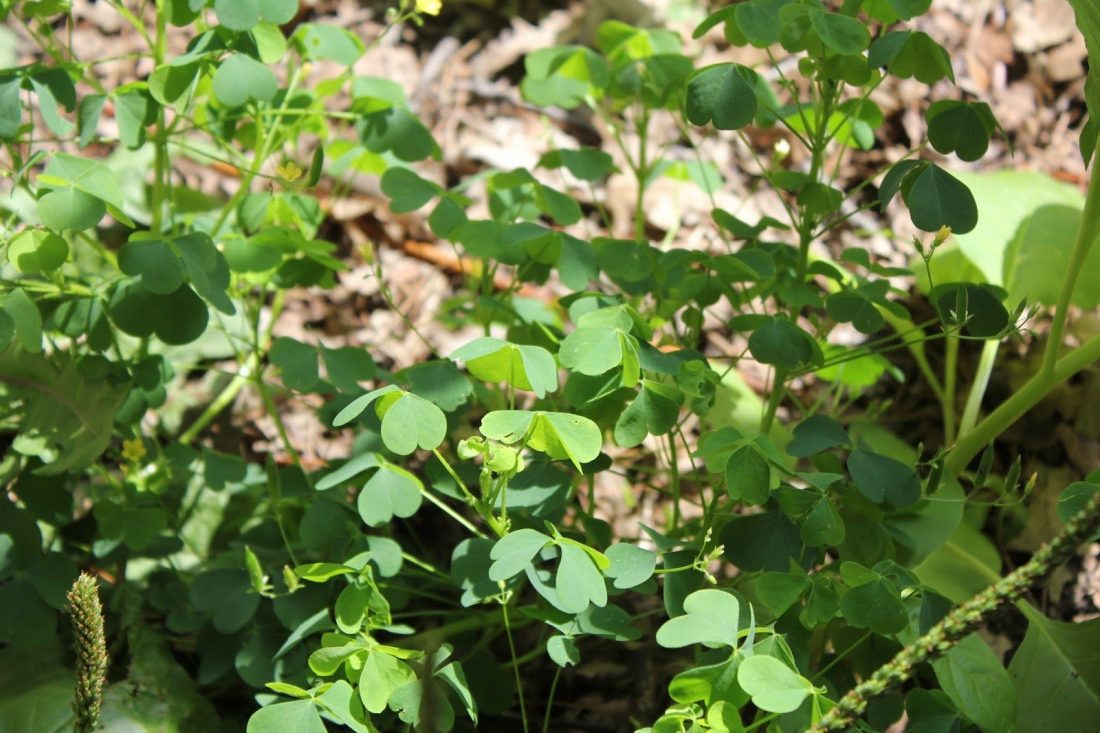
2) White Pine. (Edible) White pine can be identified by its almost white appearance. It is really amazing because there is really nothing on a white pine tree that isn’t edible. Even the sap! Its needles are clustered in groups of five on one base. I ate the base of the needles, the light green part, which was sweet and woody and had such a great aftertaste! In the spring when new needles form, you can eat more of the needle. They can also be cleaned, cut up, and steeped for a nice pine tea!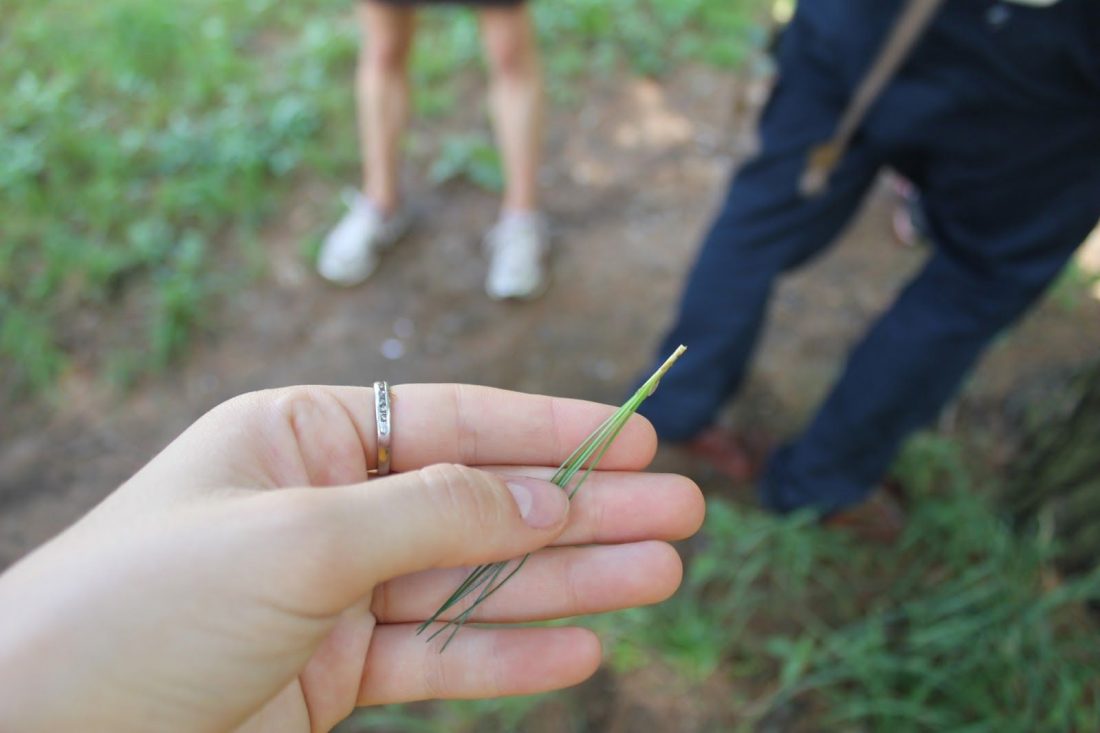
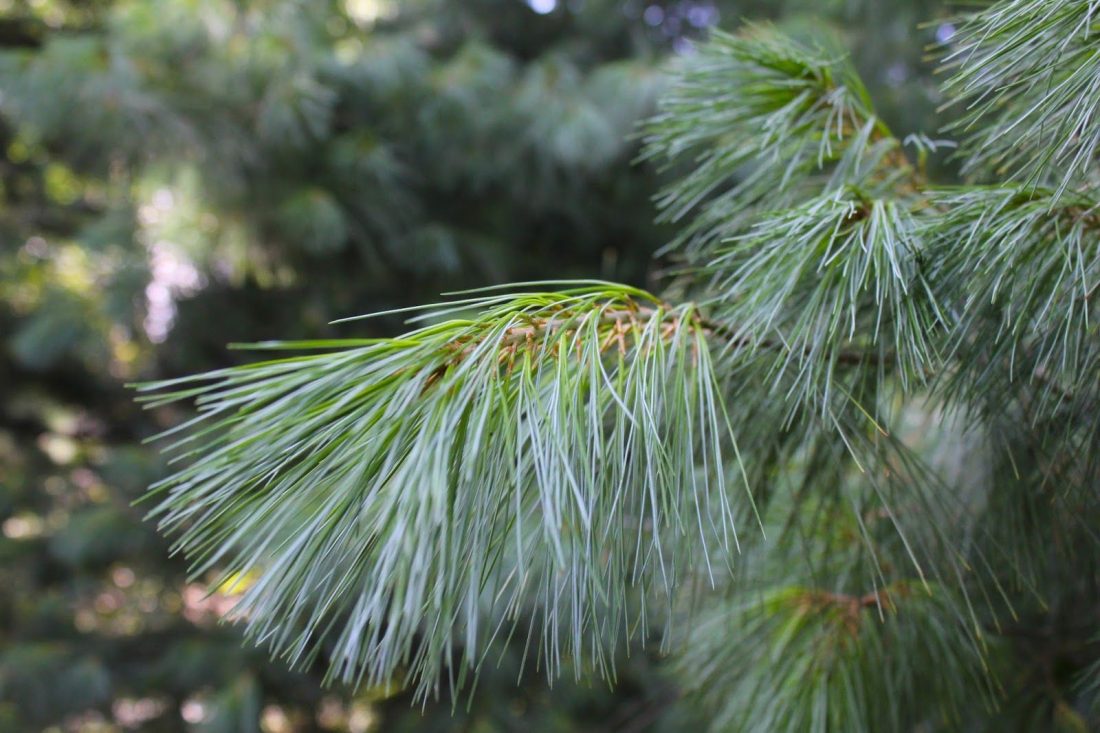
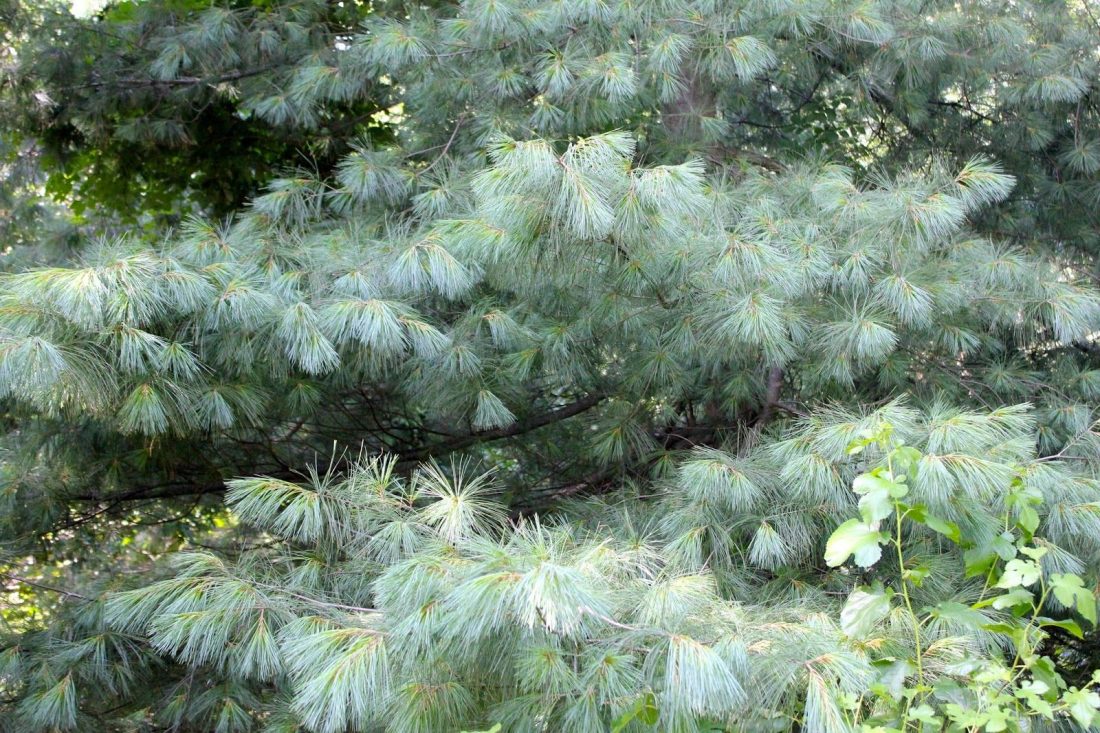
3) Lady’s Thumb (E): Lady’s thumb has a long leaf with a pointed tip. To identify it, it has very small pink clustered seeds and the leaf, if you look closely, has a darker green mark on it almost like a lady’s thumb print! It is mucilaginous which means that it has a gelatinous quality that prevents it from burning in the sun. It is a great source of potassium, iron and niacin.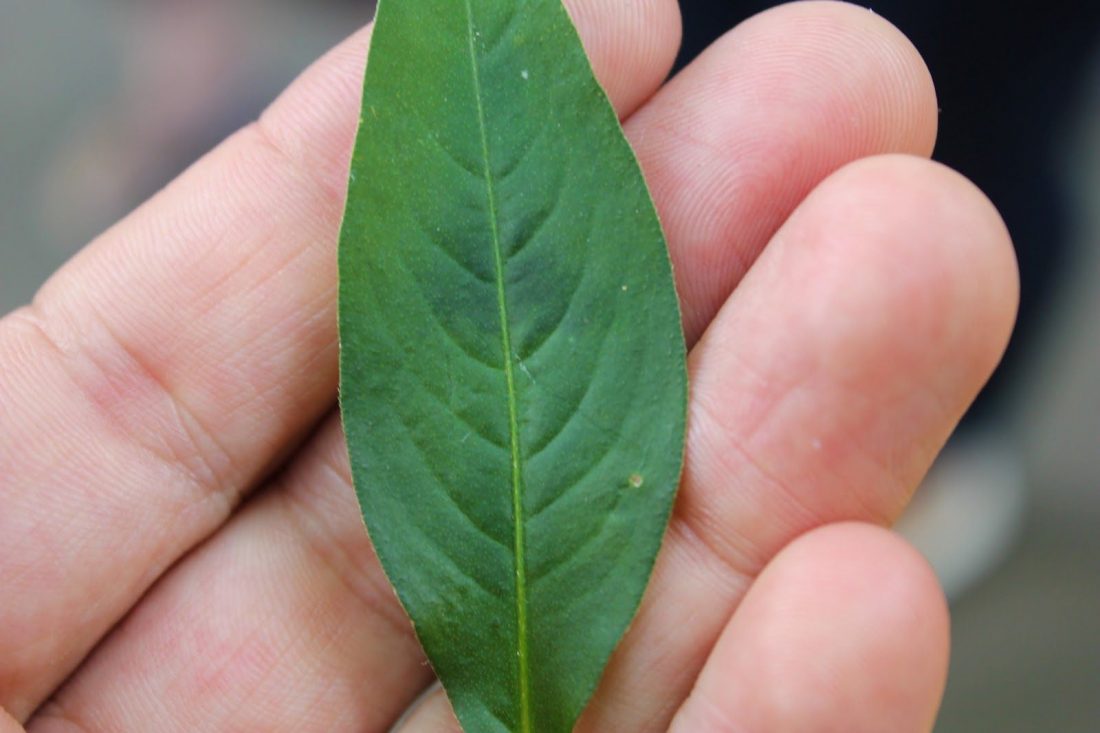
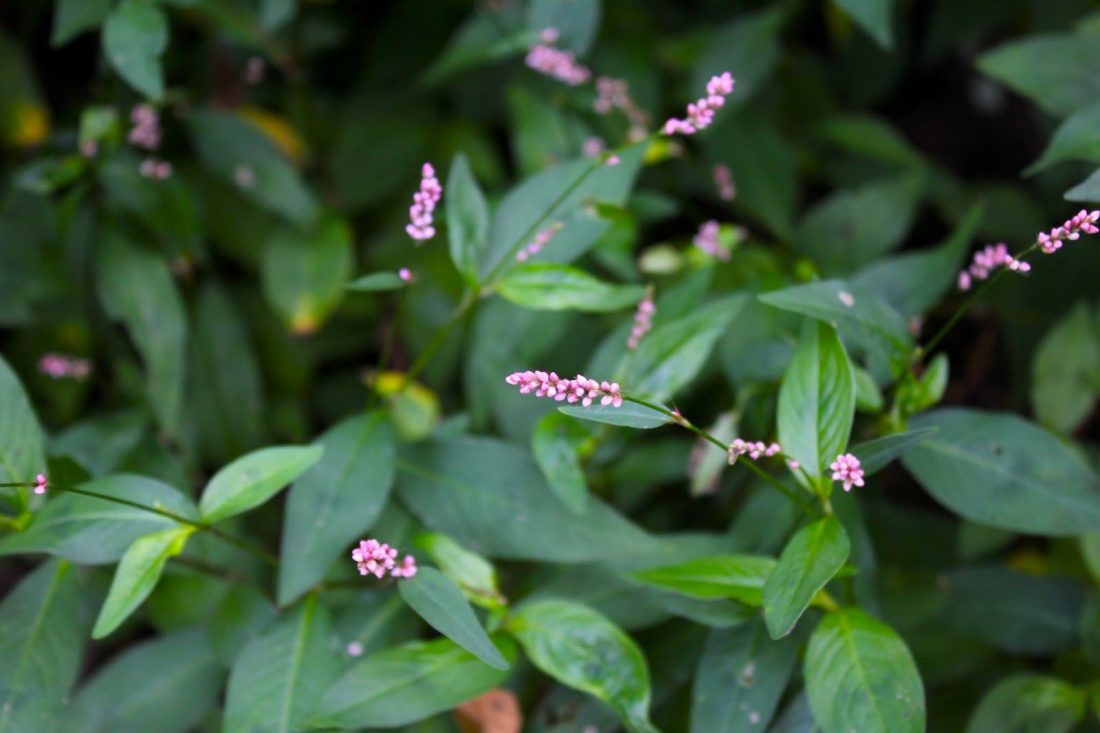
4) Honewort (E): It can be identified because it has stems of three and leaves of three. You can pick it, dry it, and use it like chervil. It has flavors of parsley, carrot top, or chervil. 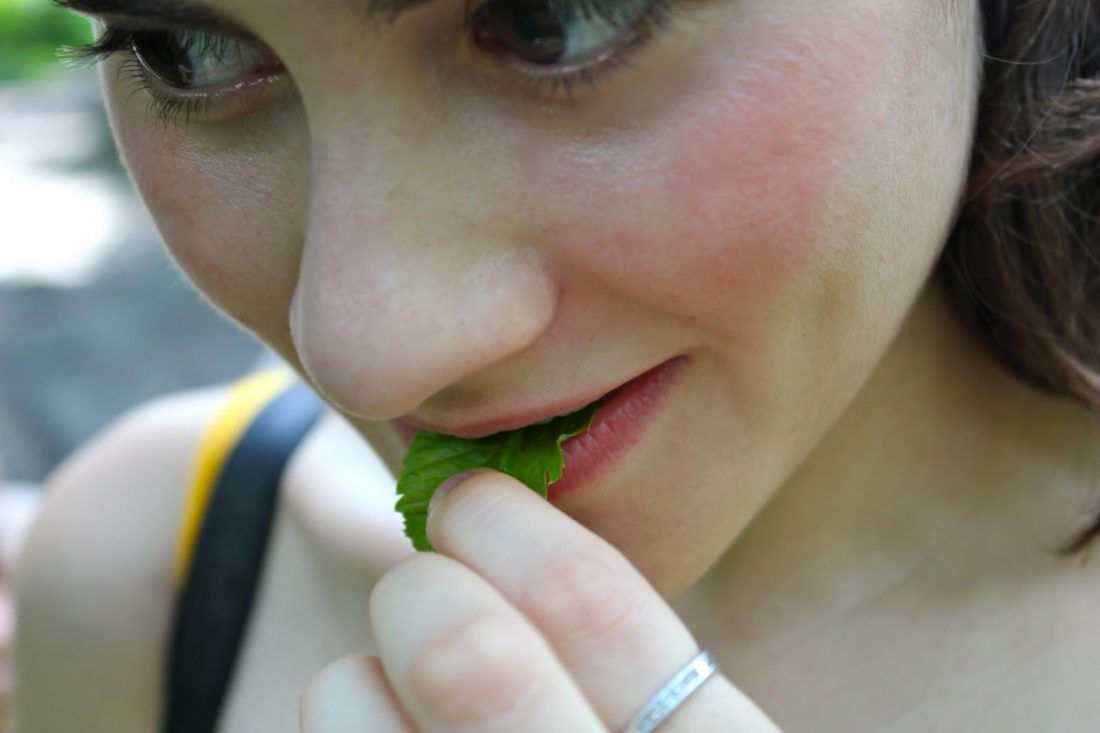
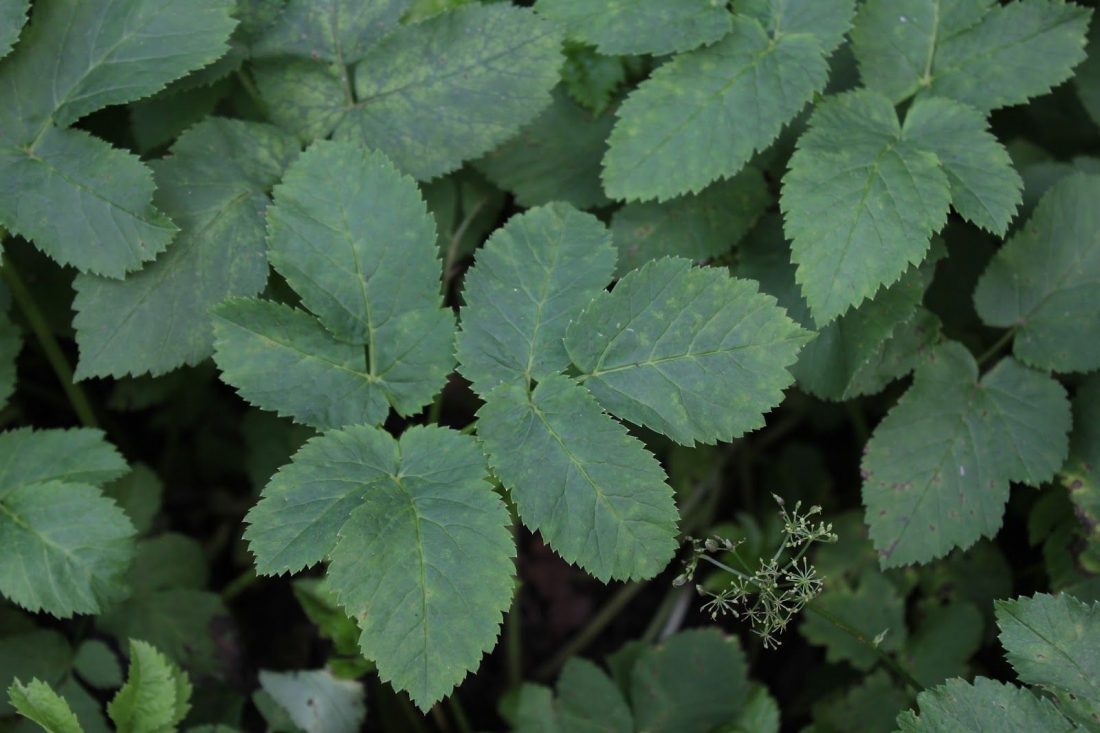
5) Mugwort (Magical): This can be used for people to remember their dreams. You take the mug wart, rub it up in your hands, and put it next to your pillow. It contains small amounts of thujone (or the chemical found in absinthe). It smells great, almost like a poultry spice. In asia it is used to season goose. Two ways to identify it are to look underneath for a white color, or to rub it and smell. Women use this leaf to make tea to treat PMS. 

6) Sassafras (E,Med): Sassafras is amazing. It requires a ton of light to grow and drops its seed close to the parent plant so you can see groups of it. The leaves come in a few different shapes, a trident, dinosaur foot, flame, or average leaf shape. It is dried and ground to be used as a thickener for gumbo and the native americans would use it as a liver tonic in the spring after they sustained themselves on salted fish and meats throughout the winter. It has a bubble gum orangey flavor. You can pull out the root and expose the inner white bark which is full of safrole, the main ingredient of root beer. You take the root, cut about a three inch piece, and steep it in boiling water for 20-25 minutes. It smells EXACTLY like root beer! 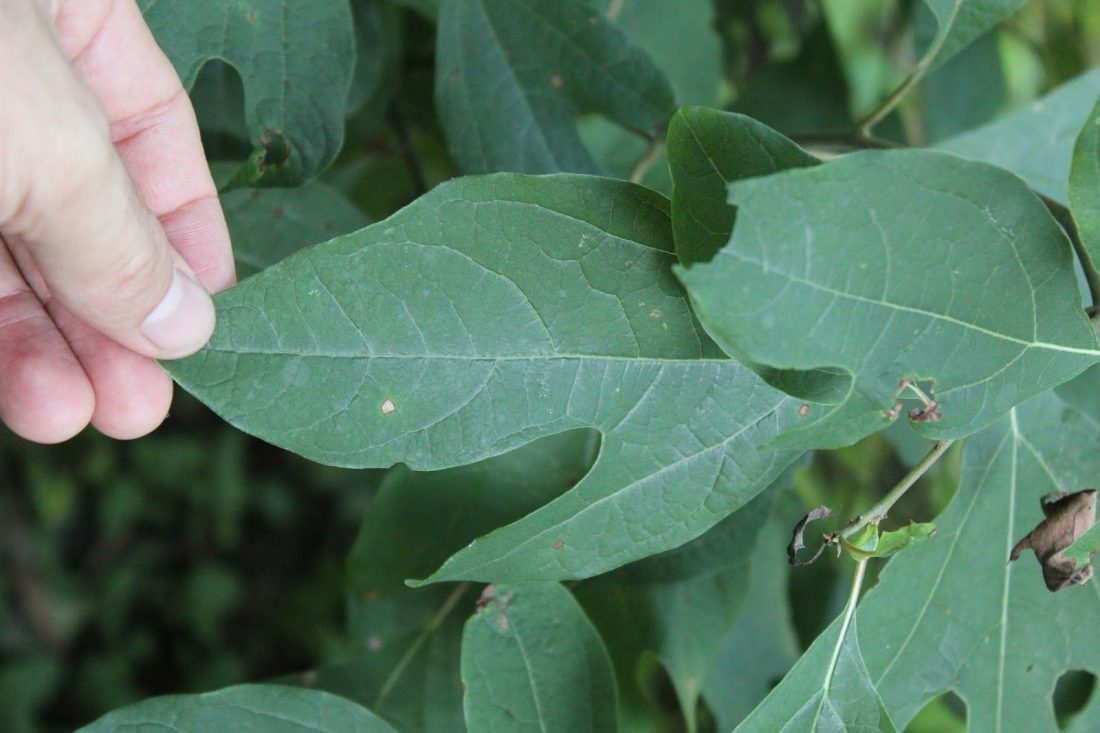
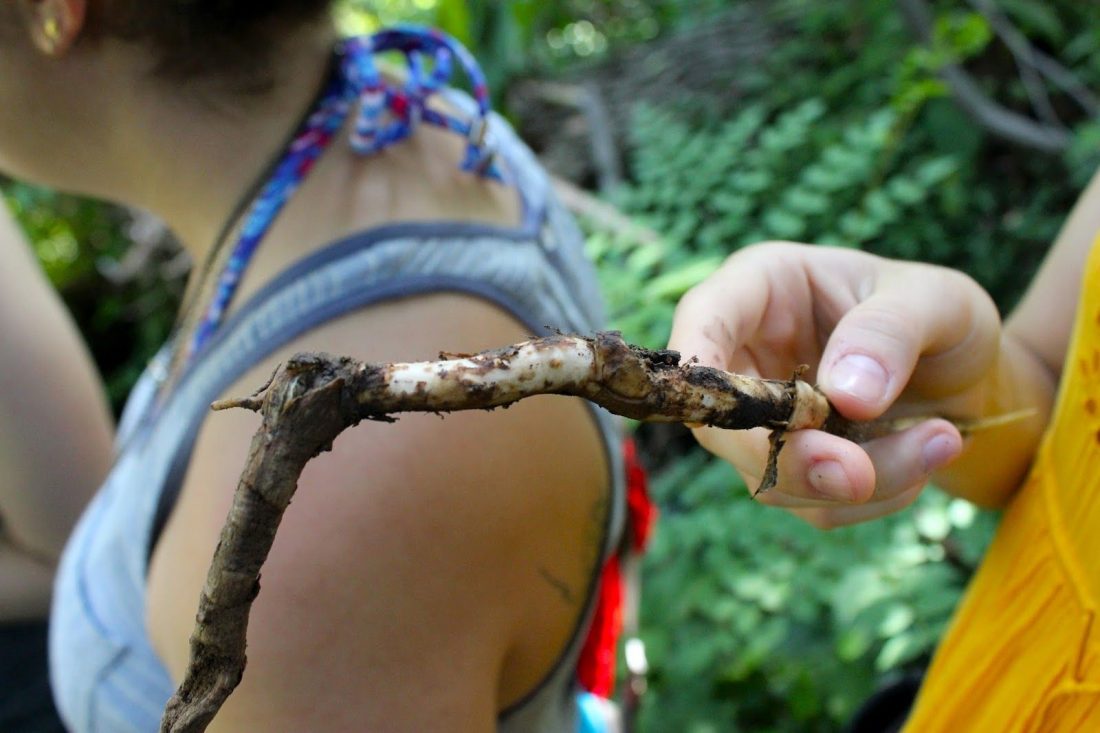
7) Wine Berry (E): These berries are sweet and tart and have long sticky stems. The underside is a different color than the top leaf.
8) Plantain Weed (E): This plant is also known as the white mans footprint because when the white man was in America in the 1500’s their horses would create muddy tracks in the soil where the plant would grow. They have unique parallel veins and can be identified because all of the leaves grow out of the same place. The stalk can be used as a digestive and the leaves contain allantoin which promotes skin healing. It also helps take the itch away from mosquito bites and seriously works if you just rub it on your skin or put it on and adhere with a bandage. 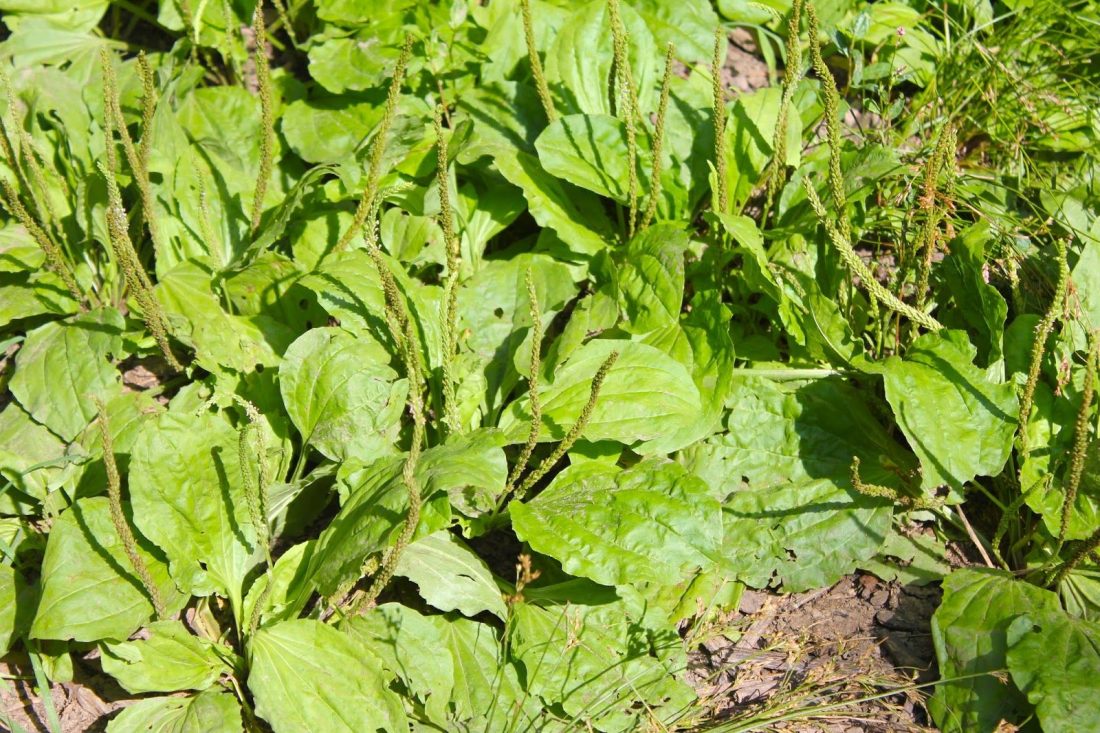
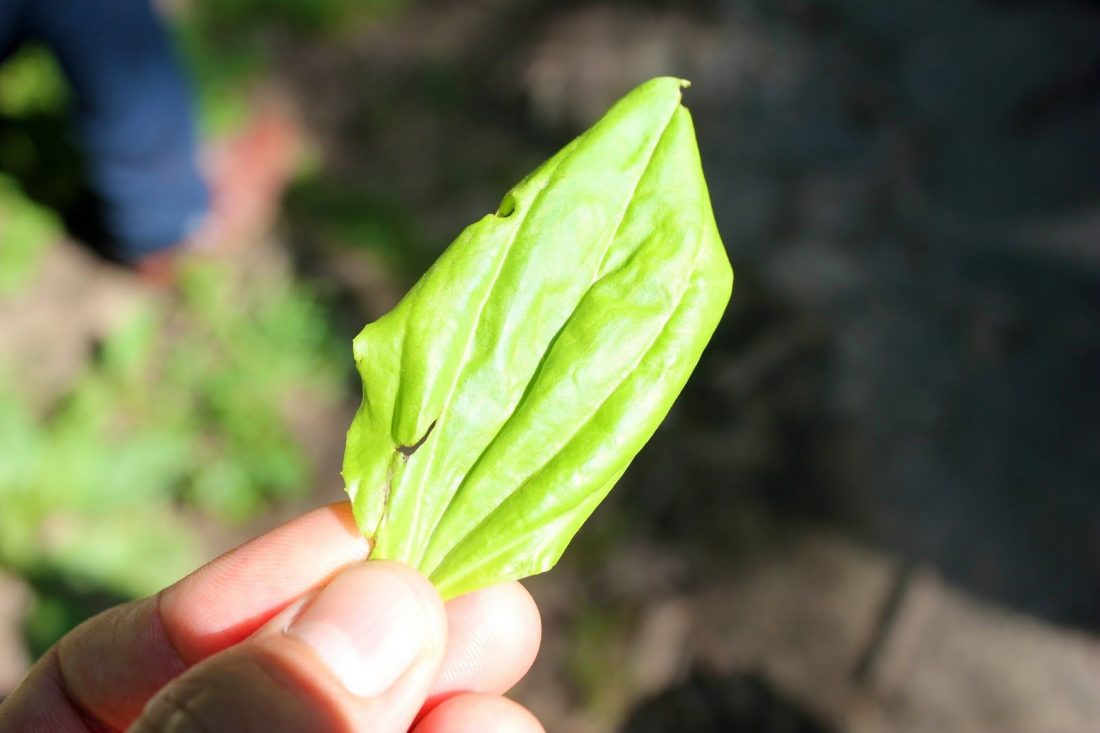
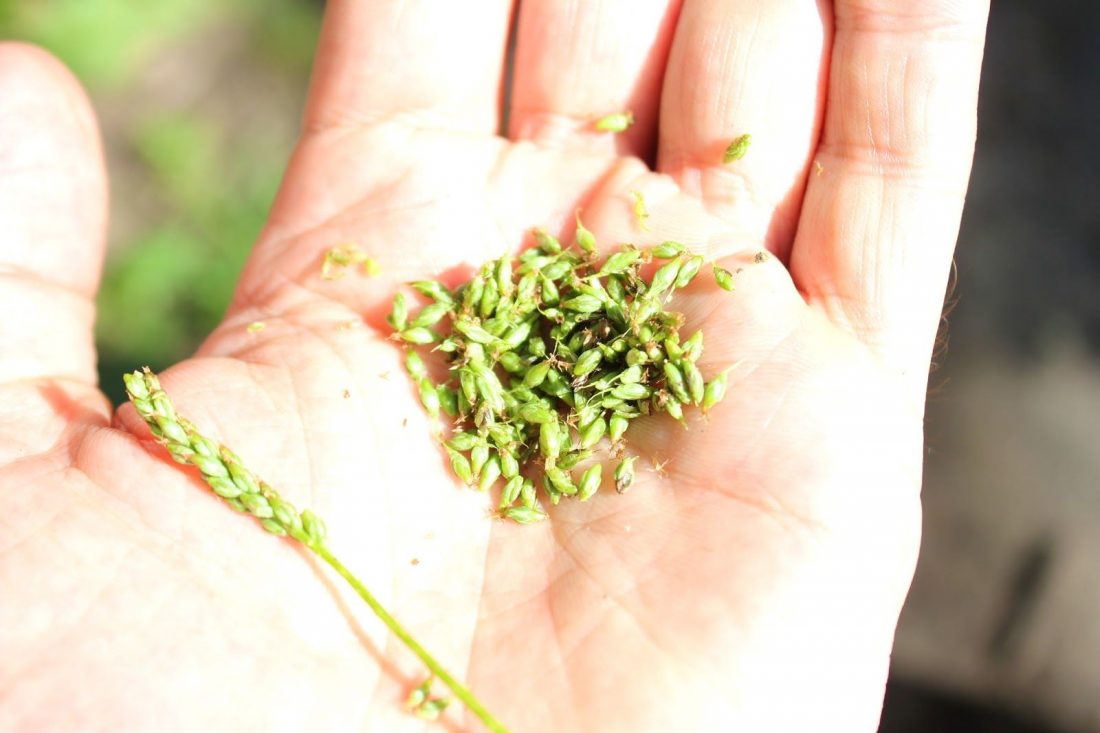
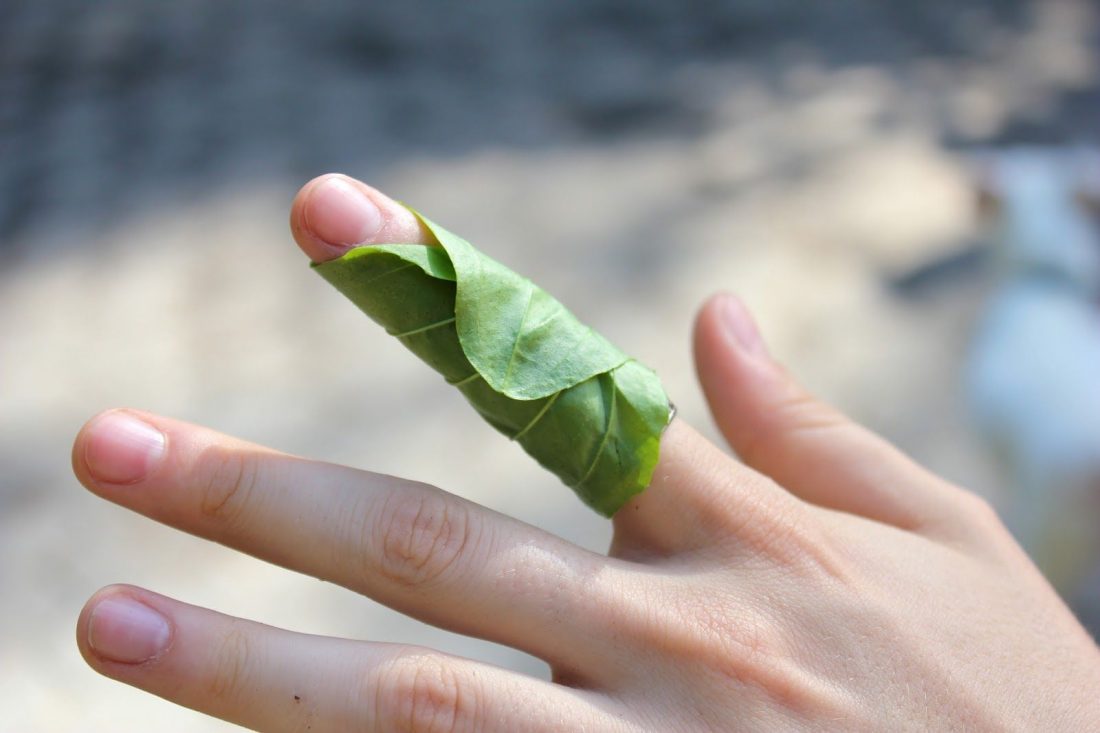
9) Burdock (not edible): this is the plant that inspired velcro- it sticks to EVERYTHING! 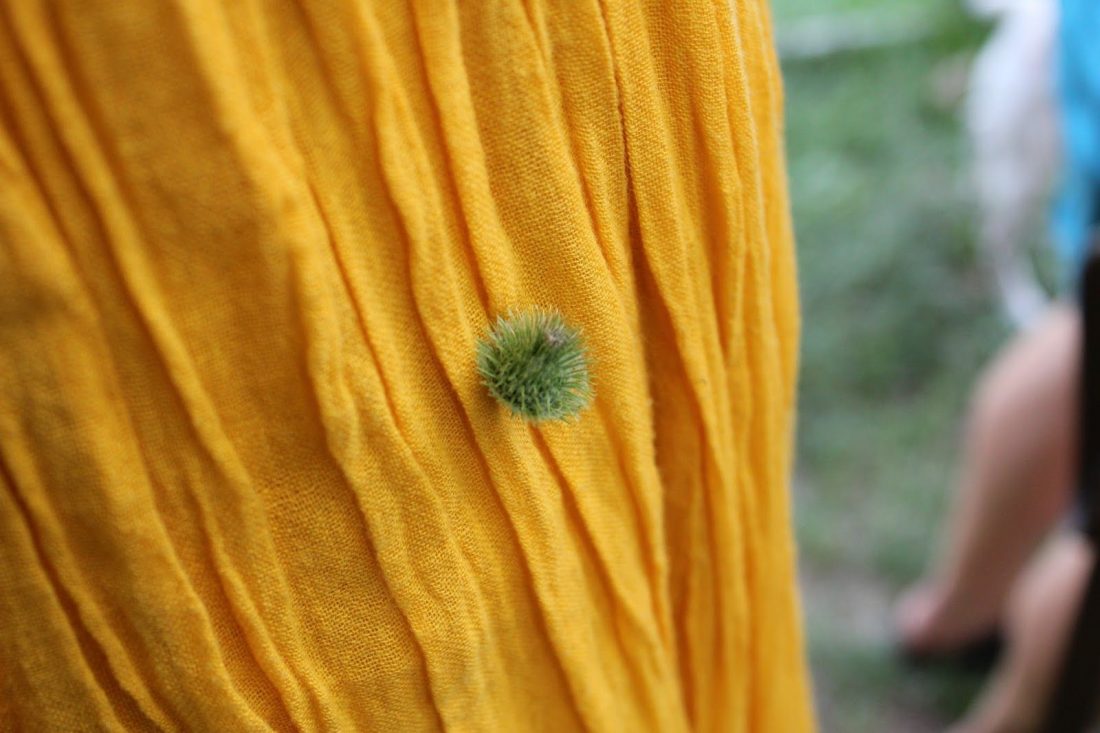
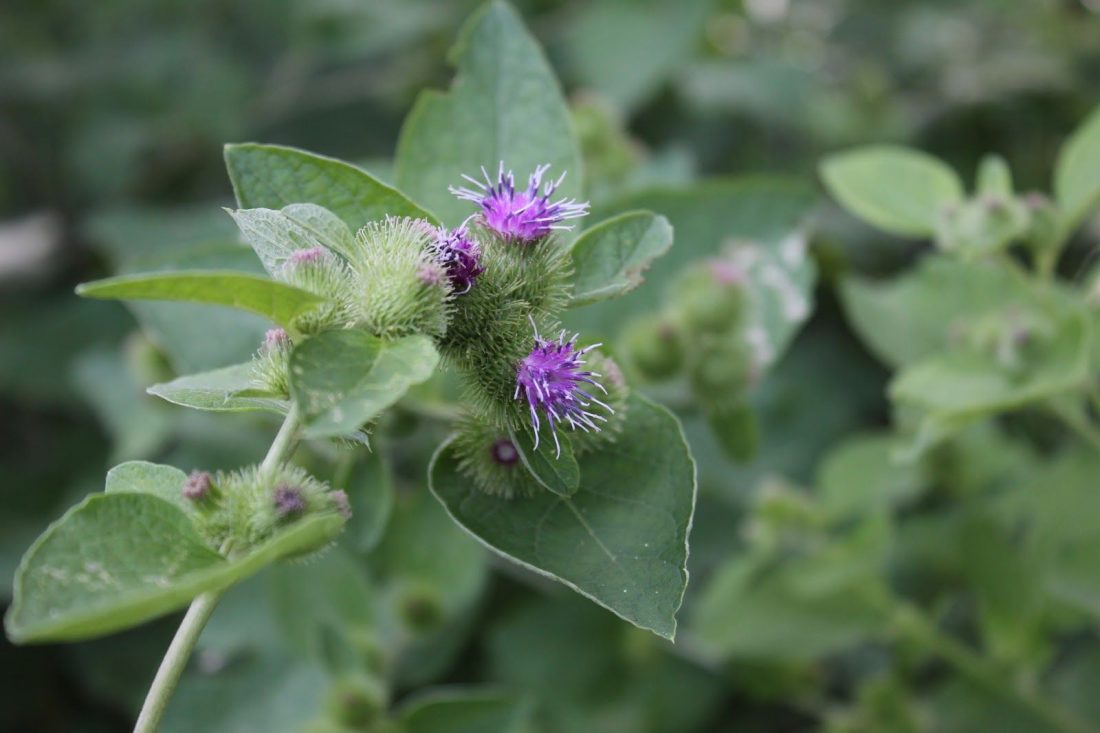
It was an incredible day and I learned SO MUCH! Stay tuned for some more wild edibles this week! Thanks Loomstate!
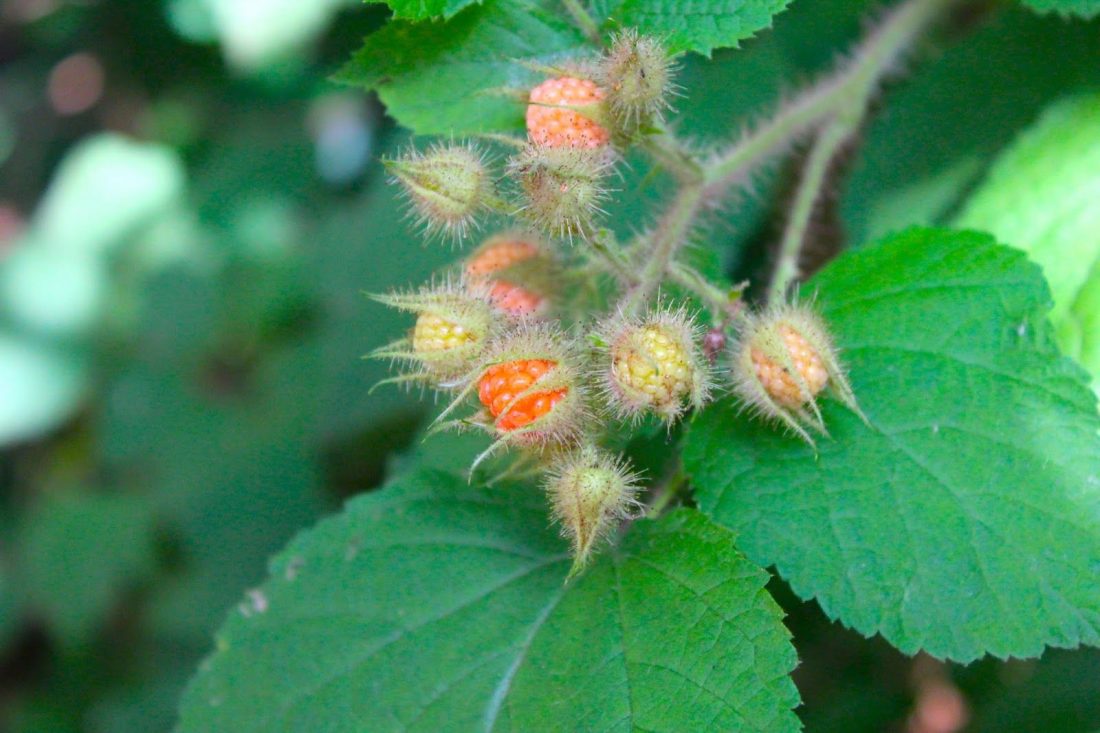
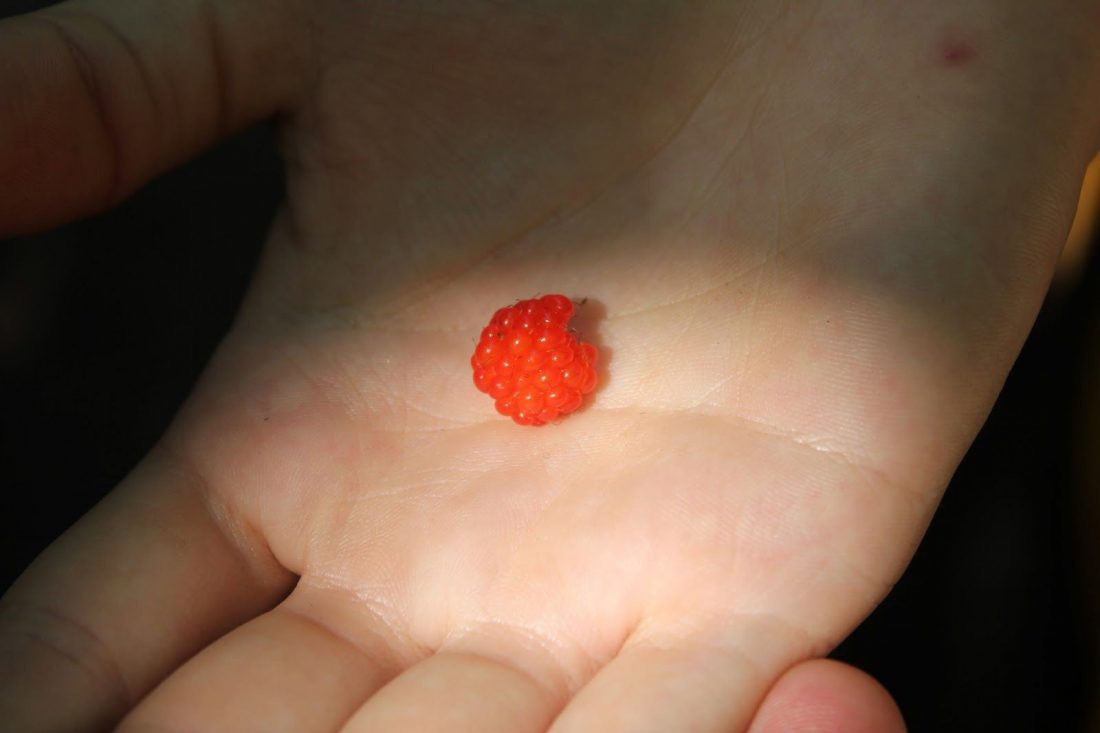


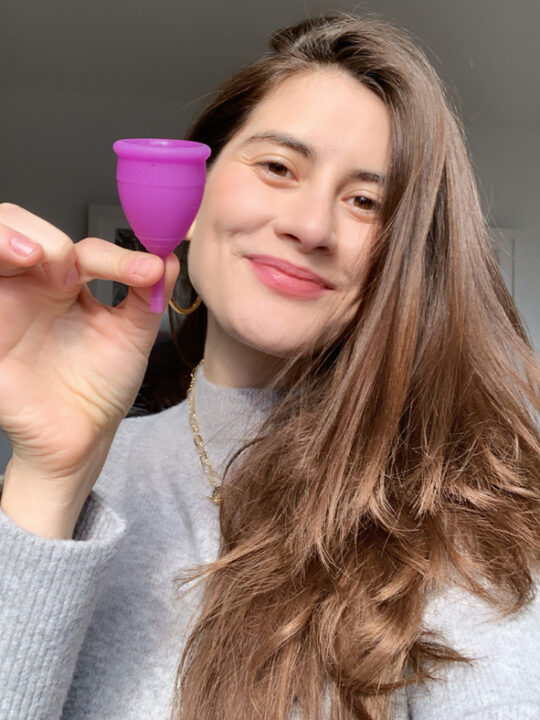
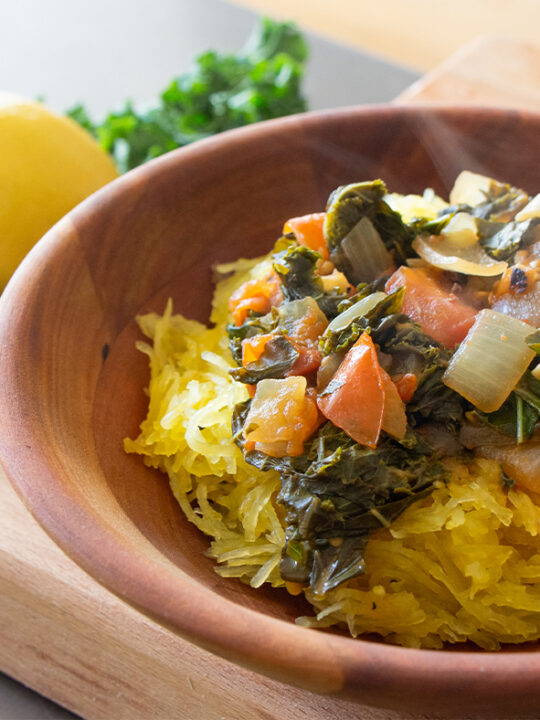


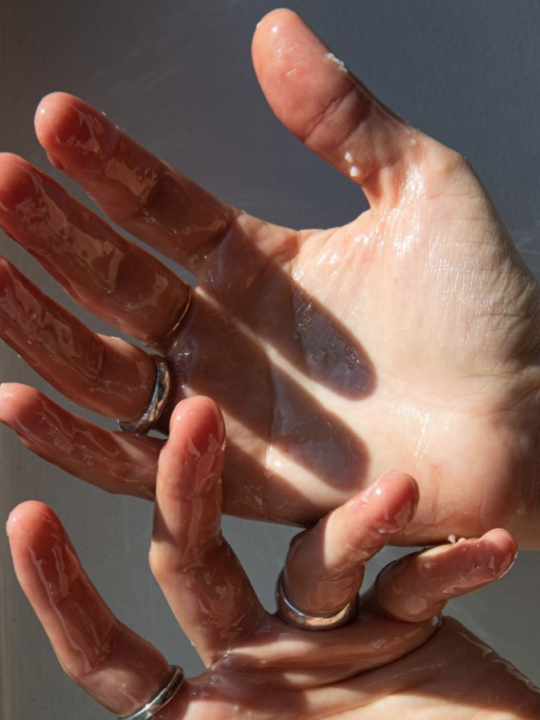
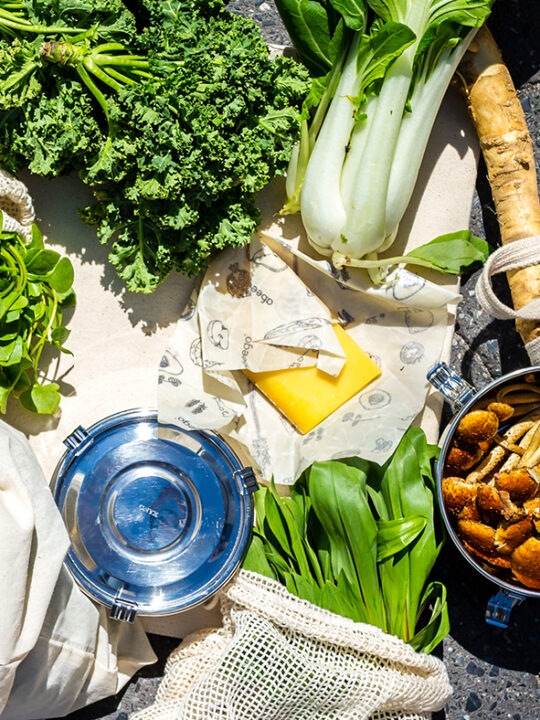
3 comments
Thanks for this. If you do a similar article in the future please give latin names of the plants – which have different *common* names on the other side of the Atlantic.
Burdock is very edible 🙂 Nice pics.
Nice pics 🙂